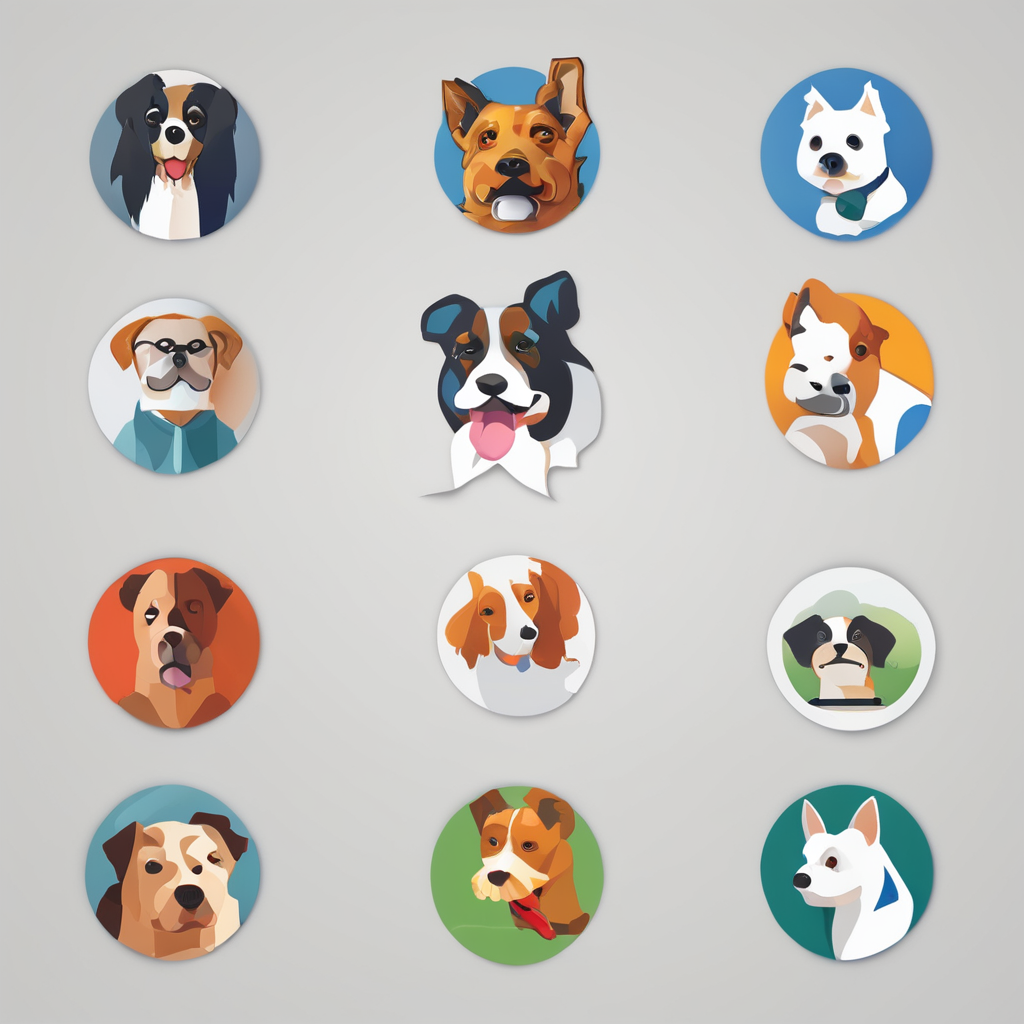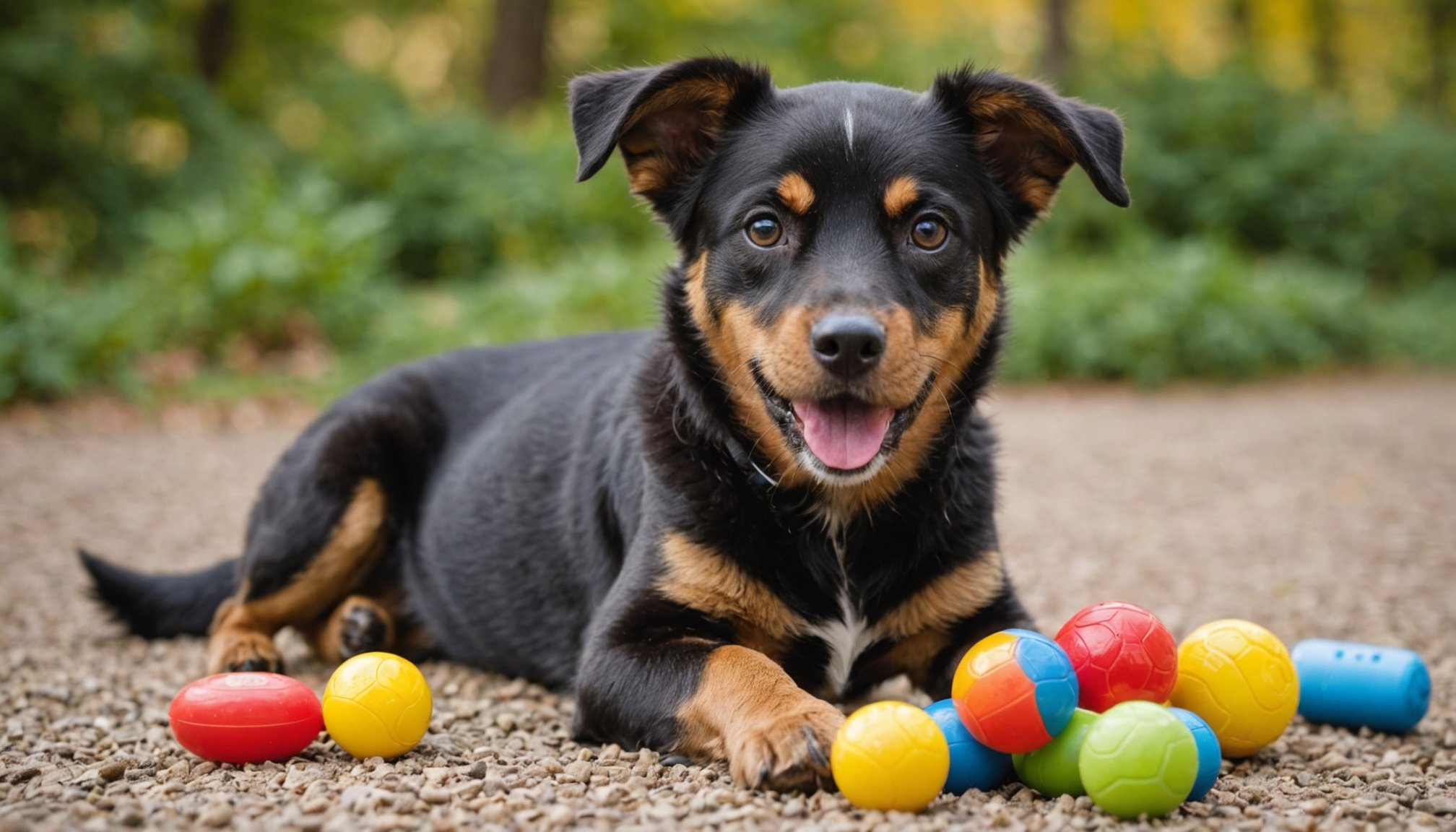Selecting the perfect toys for your dogs can be a delightful yet challenging task. With their boundless energy and unique personalities, dogs rely on toys not just for entertainment, but also for physical and mental stimulation. Whether it’s a puppy teething on a rubber chew toy or an adult dog engaged in an interactive play session, the right toy can make all the difference. In a world teeming with options, how do you ensure you make the best choices? This article will guide you through the process of choosing the best toys tailored to your dog’s age, size, and play style, ensuring safety and enjoyment for your furry friend.
Understanding Age-Specific Needs
As your dogs grow, their needs evolve, and so should their toys. Puppies, for example, are in a stage of exploration. They’re teething, which means they’ll want to chew on nearly everything. Providing them with rubber chew toys can help alleviate the discomfort while keeping your furniture safe. Look for toys that are soft enough for their tender gums, yet sturdy enough to withstand their relentless gnawing.
Additional reading : Expert techniques for boosting recall: top strategies for training your greyhound in open spaces
As dogs mature, their play needs change. Older dogs may require toys that offer mental stimulation rather than just physical exercise. Puzzle toys or treat-dispensing toys encourage them to use their brains and can keep them engaged for hours. These toys also cater to dogs’ natural instincts to hunt and solve problems.
Remember, senior dogs often have different needs altogether. Their joints may be a bit stiff, and their energy levels might have waned. Opt for toys that are easy on their teeth and joints, like softer plush toys or gentle interactive games that promote movement without overwhelming them.
Also to discover : How can I identify the right toys for my dog’s chewing habits to prevent destruction at home?
By recognizing the age-related needs of your dog, you can better decide which toys are suitable for their current stage of life, ensuring that they remain happy and healthy.
Choosing Toys Based on Size
Size matters significantly when selecting the right toys for your dogs. A toy that’s perfect for a small dog might pose a safety hazard for a larger breed, and vice versa.
For small dogs, consider toys that are lightweight and easy to carry. They should be able to fit comfortably in the dog’s mouth without risking swallowing. Small interactive toys like balls or lightweight rubber rings are excellent options. Additionally, you might find that plush toys provide a comforting play experience for your petite pooch.
Conversely, larger dogs require toys that can withstand more pressure. A larger breed might destroy a toy meant for a smaller dog in minutes. Look for durable materials such as rubber or heavy-duty plastics that can endure strong chewing and tugging. A big rope toy or a large rugged ball can be perfect for these robust players.
It’s crucial to regularly check toys for wear and tear, especially when dealing with larger dogs, as they can easily turn a favorite toy into a potential choking hazard. By carefully choosing the size-appropriate toys, you ensure your dog can play safely and happily.
Matching Toys to Play Style
Understanding your dog’s play style is the key to choosing toys that will keep them engaged and content. Dogs, much like humans, have distinct personalities and preferences when it comes to play.
If your dog is a chewer, they’re likely to appreciate durable toys that can withstand a vigorous gnawing session. Rubber bones or nylon chews are excellent choices for these pups. These toys not only satisfy their urge to chew but also help keep their teeth clean.
For the active and energetic dogs who love to fetch or run, toys like balls or flying discs are ideal. Such toys can help expend their energy and provide the physical exercise they require. Interactive toys that encourage chasing or tug-of-war can also be beneficial for these lively dogs.
On the other hand, if your dog enjoys a good mental challenge, puzzle toys or treat-dispensing toys can provide hours of entertainment. These toys stimulate their curiosity and can be a great way to keep them mentally sharp.
Ultimately, by paying attention to your dog’s individual play style, you can select toys that cater to their preferences and enhance their overall play experience.
Prioritizing Safety and Material Quality
When choosing toys for your dogs, safety should always be at the forefront of your considerations. Not all toys are created equal, and some may pose hidden risks to your beloved pet.
First and foremost, ensure that any toy your dog plays with is made of non-toxic materials. Dogs often chew on their toys, which means harmful chemicals can be ingested. Look for toys labeled as safe and free from toxic substances.
Consider the durability of the toy. While softer toys might be appealing, they can quickly turn into a choking hazard if easily shredded. Always supervise playtime with any new toy to ensure it withstands your dog’s play habits. Regularly inspect toys for signs of wear and tear, replacing them as necessary.
Another aspect to consider is size. A toy that’s too small can easily become lodged in your dog’s throat, leading to choking. Always choose toys that are appropriately sized for your dog’s mouth and strength.
Lastly, avoid toys with small parts that can be easily swallowed. These can break off during play, posing another safety risk. By prioritizing safe, high-quality toys, you ensure that playtime remains a joyful and secure experience for your furry friend.
Choosing the right toys for your dog is more than just a matter of preference—it’s about blending safety, enjoyment, and suitability. By considering your dog’s age, size, and play style, you provide them with the best possible play experience, contributing to their overall well-being and happiness. Whether it’s the softness of a plush toy for a small dog or the rugged durability of a rubber ball for a larger breed, each toy you choose plays a crucial role in your dog’s life. So, invest time in finding the right toys, and watch as your dog thrives in play.










